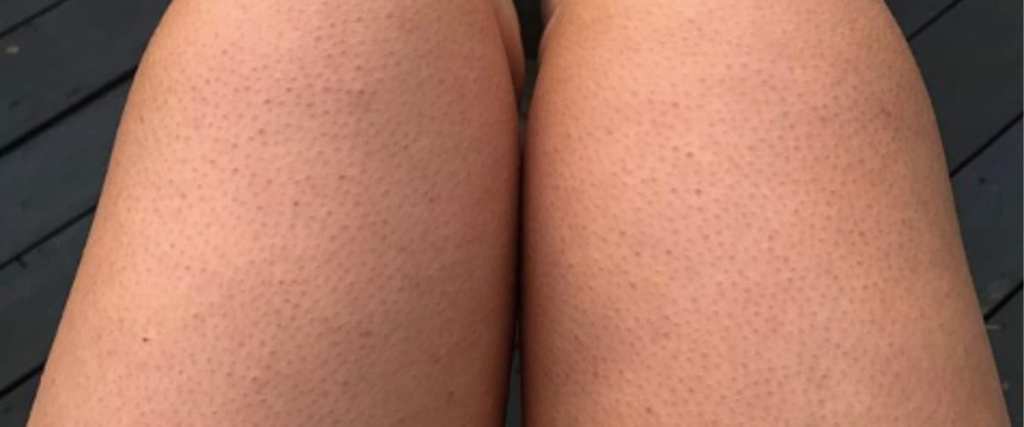Trending Now
If you’ve got tiny, red, rough bumps on your skin, you’re not alone – keratosis pilaris affects around 80% of teenagers and 40% of adults, said Dr. Pimple Popper (Dr. Sandra Lee) in an interview with Mental Floss.
“It’s one of the most common requests I get from people on social media and my YouTube channel.”
https://www.instagram.com/p/BinAdq-AYGe/
The common nature of the disease led to her Body Smoothing System,
“KP is such a common condition but there are not many products available over-the-counter that treat it specifically. Many people may not even know that they have keratosis pilaris and think that the bumps are acne or something else—so I really want to spread the word and educate on what this condition is as well as provide products that will help to control it.”
If any of this describes you, then you’ll probably be interested in these 8 facts about the condition:
8. Winter exacerbates the problem.
Your skin naturally dries out in the cooler weather, which can irritate the condition – but too much time in the sun can also have a similar effect.
7. It’s sometimes called “chicken skin.”
https://www.instagram.com/p/B1hCNxWhIC5/
The condition is caused by a protein called keratin. It builds up and plugs hair follicles, causing skin that sort of resembles that of a plucked chicken.
6. There’s more than one type.
The most common version is rough, with flesh-colored or red, itchy bumps, but there’s another type that mostly affects teen boys and results in bright red skin.
5. It seems to have a genetic component.
https://www.instagram.com/p/B1jJW8_Fctz/
Doctors suspect it’s an autosomal dominant disorder, which means it’s inherited from at least one parent, and is often visible by the time a child is just two.
4. People with asthma are more likely to have KP.
People with dry skin, eczema, hay fever, ichthyosis vulgaris, and asthma are more likely to develop the disease, though Dr. Pimple Popper says there’s no direct correlation.
3. The bumps aren’t always red.
https://www.instagram.com/p/B1m4weXFHcg/
The fairer your skin, the redder the bumps will likely appear, but they can also be white, pink, brown, or black.
2. It’s most commonly seen on the upper arms.
You might also find it on your thighs, back, butt, or face.
1. If you have KP, there’s no reason for concern.
https://www.instagram.com/p/Bn-DdWoAHXQ/
It’s common and harmless, and you shouldn’t let it keep you from living your life the way you want.
You’re not alone!






